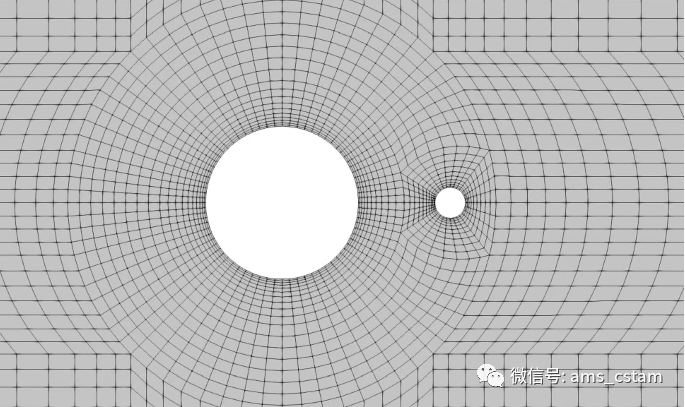Cite this article:
Chen, L., Dong, Y. Numerical investigation on fluid forces of piggyback circular cylinders in tandem arrangement at low Reynolds numbers. Acta Mech. Sin. 37, 599–612 (2021).
https://doi.org/10.1007/s10409-020-01037-z

Numerical investigation on fluid forces of piggyback circular cylinders in tandem arrangement at low Reynolds numbers
Linfeng Chen, Yuhong Dong
Numerical simulations of flows past the piggyback circular cylinders in tandem arrangement are performed by solving the variational multiscale formulation of the incompressible Navier–Stokes equations using in-house finite element method (FEM) codes. The effects of the gap-spacing-to-diameter (G/D) and the two diameter ratio (d /D) on the flow characteristics and the reductions of the root-mean-square (RMS) drag and lift coefficients are considered for Reynolds numbers (Res) are 100 and 200. The validation shows the fluid force coefficients obtained by the in-house FEM codes are in good agreement with the results in the existing literatures. The obtained results show that, with a proper placement of the smaller cylinder (d /D=0.2) behind the larger cylinder, the RMS drag and lift coefficients largely decrease compared to those of the single circular cylinder. When d /D=0.2, the largest reductions of the RMS lift coefficient of the larger cylinder and the RMS total lift coefficient appear at G/D=1.2 as Re =100 and at G/D=1.0 as Re =200. It is observed that the proper placement of the smaller cylinder causes the surrounding vorticity to take opposite sign with the vorticity in the outer region so as to suppress and postpone the vortex shedding in the wake, and that the different positions of the vortex shedding at two Res cause that the largest reductions of the RMS lift coefficient of the larger cylinder and the RMS total lift coefficient appear at different G/D as Re is different. When d /D varies, the variation of the RMS total lift coefficient behaves differently at two Res. It decreases with d /D increasing at Re=100, while it no longer monotonously varies with d /D, but reaches a minimum in the considered range of d /D at Re=200. Moreover, the larger d /D results in stronger suppression and postponement of the vortex shedding in the wake.
请点击“阅读原文”, 了解更多文章信息。







 下载app
下载app